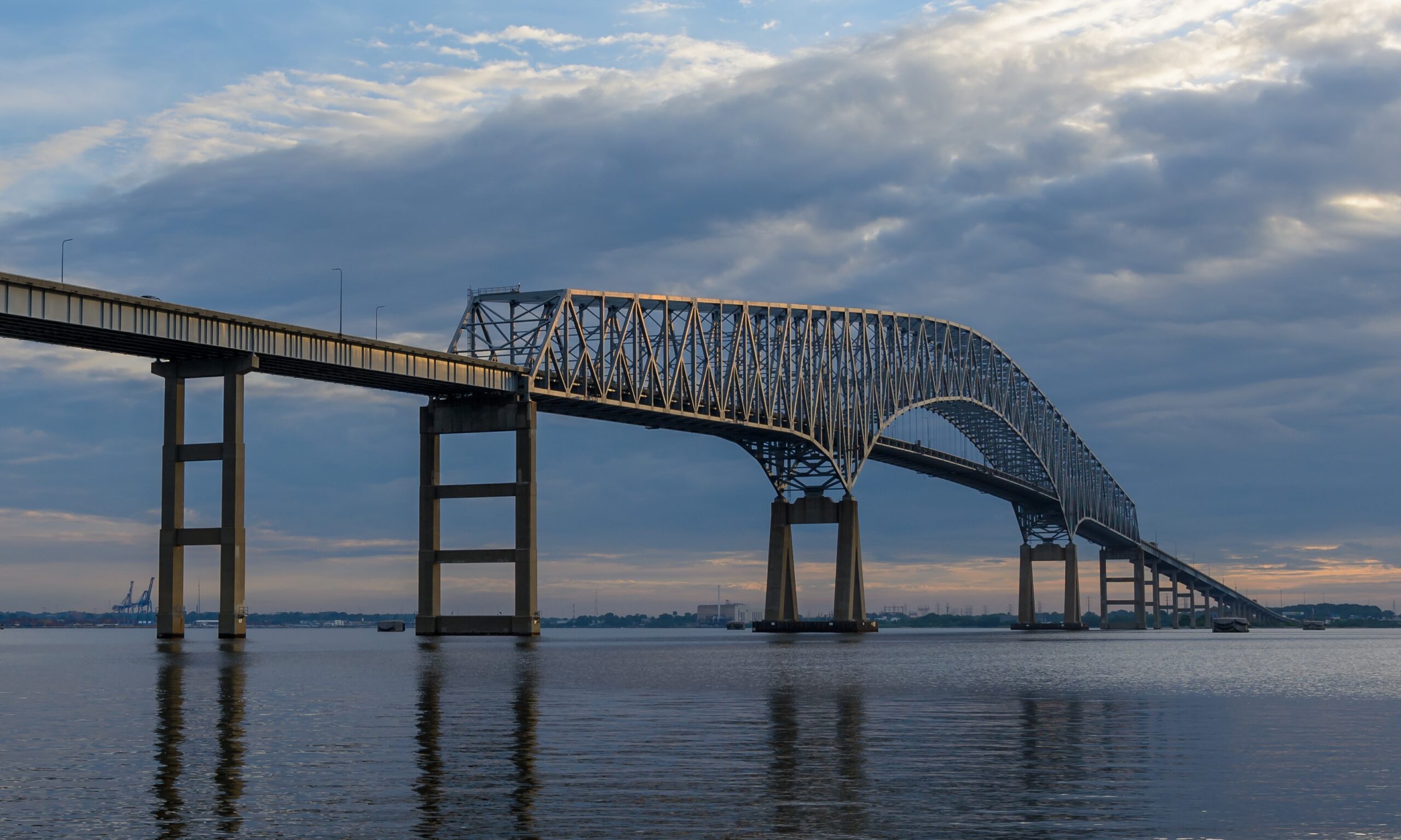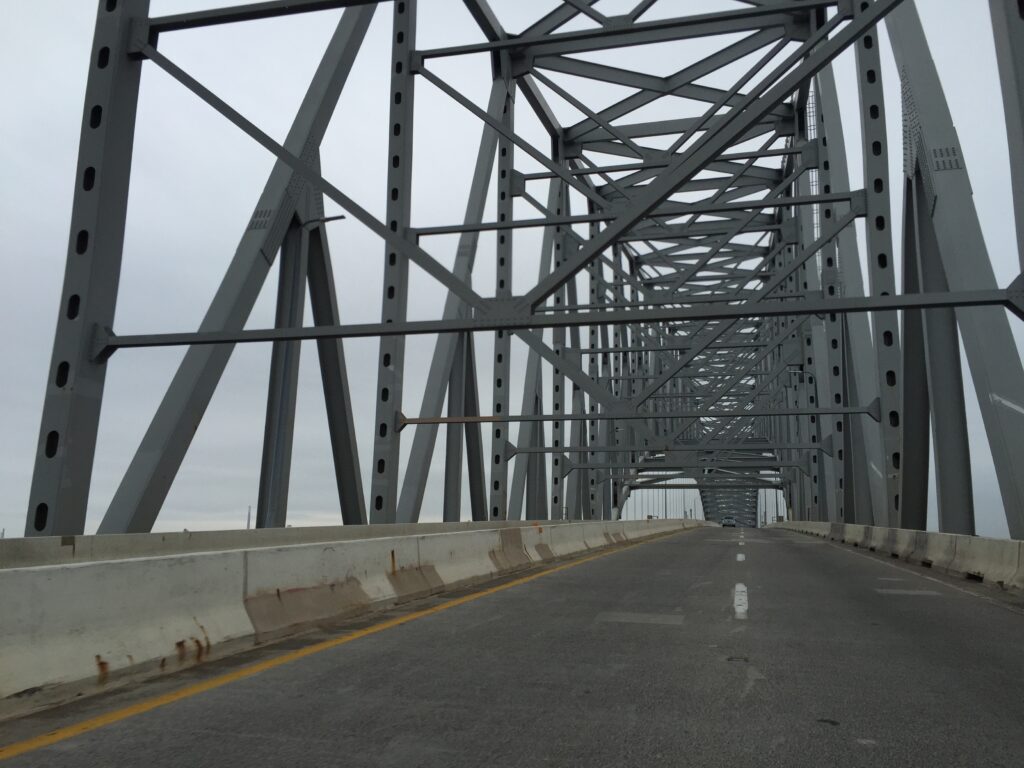Understanding the Baltimore Bridge Collapse – Baltimore, a city rich in history and culture, boasts a vast network of infrastructure crucial for its functioning. Among its many structures, bridges play a pivotal role in connecting communities and facilitating transportation.
Historical Context of the Bridge
One such bridge, which had stood for decades, recently faced a catastrophic event that sent shockwaves through the city and beyond.
Description of the Collapse
In a moment of terror and disbelief, the Baltimore Bridge, a vital artery for commuters, commuters, collapsed suddenly during rush hour. The once sturdy structure crumbled into a heap of debris, trapping vehicles and passengers beneath its weight.
Immediate Aftermath
Emergency responders rushed to the scene, battling against time to rescue survivors and assess the extent of the damage. The aftermath was chaotic, with families anxiously awaiting news of their loved ones and authorities scrambling to restore order.
Causes of the Collapse
As investigations unfolded, several factors came to light, shedding light on the root causes of the tragic event.
Structural Issues
Years of wear and tear, compounded by insufficient maintenance, had taken a toll on the bridge’s structural integrity. Cracks and corrosion weakened its foundation, ultimately leading to its collapse.
Maintenance Neglect
Neglect and oversight in routine maintenance further exacerbated the situation. Critical inspections were delayed or overlooked, allowing underlying issues to fester until they reached a breaking point.
Environmental Factors
Environmental factors, such as severe weather patterns and temperature fluctuations, also played a role in hastening the bridge’s demise. Harsh winters and heavy rainfall accelerated the deterioration process, hastening the collapse.
Response and Recovery Efforts
In the wake of the tragedy, swift and coordinated efforts were undertaken to address the immediate aftermath and chart a path towards recovery.
Emergency Response
First responders worked tirelessly to rescue survivors trapped in the rubble, demonstrating bravery and resilience in the face of adversity. Their heroic efforts saved lives and provided hope amid the devastation.
Search and Rescue Operations
Search and rescue teams meticulously combed through the debris, using advanced equipment and techniques to locate and extract survivors. Every minute was precious, and their unwavering dedication ensured that no stone was left unturned in the quest for survivors.
Rehabilitation Plans
Simultaneously, plans were set in motion to rehabilitate and rebuild the bridge, restoring vital transportation links and instilling confidence in the community. Engineers and architects collaborated to design a stronger, more resilient structure capable of withstanding future challenges.
Lessons Learned
The Baltimore Bridge collapse served as a sobering reminder of the critical importance of infrastructure maintenance and oversight.
Importance of Infrastructure Maintenance
Regular inspections and proactive maintenance are essential for preserving the safety and functionality of bridges and other vital structures. Neglecting these crucial tasks can have catastrophic consequences, as evidenced by the tragic events in Baltimore.
Need for Regular Inspections
Timely inspections and assessments are key to identifying potential hazards and addressing them before they escalate into emergencies. Investing in preventative maintenance measures can save lives and mitigate the risk of future disasters.
Future Implications
As Baltimore grapples with the aftermath of the bridge collapse, its implications reverberate far beyond the city limits.
Impact on Transportation
The loss of a major transportation artery has disrupted travel patterns and created challenges for commuters and businesses alike. Efforts to rebuild and restore connectivity are underway, but the process will undoubtedly take time and resources.
Public Safety Concerns
The safety and well-being of the public must remain paramount as infrastructure projects move forward. Transparent communication, rigorous safety standards, and community engagement are essential for building trust and resilience in the face of adversity.
Conclusion: Moving Forward After the Baltimore Bridge Collapse
In conclusion, the Baltimore Bridge collapse serves as a stark reminder of the fragility of our infrastructure and the importance of proactive maintenance and oversight. By learning from this tragedy and implementing measures to prevent future incidents, we can ensure a safer and more resilient future for all.
FAQs
- What caused the Baltimore bridge collapse? The collapse was caused by a combination of structural issues, maintenance neglect, and environmental factors.
- How many people were affected by the collapse? The exact number of individuals affected is still being determined, but the impact was significant, with numerous vehicles and passengers involved.
- What measures are being taken to prevent similar incidents in the future? Efforts are underway to improve infrastructure maintenance protocols, enhance inspection procedures, and invest in rehabilitation and reconstruction projects.
- How long will the bridge reconstruction take? The reconstruction timeline depends on various factors, including the extent of the damage, funding availability, and logistical considerations. It could take months or even years to complete.
- What can residents do to stay safe during infrastructure failures? Residents should stay informed, follow emergency protocols, and report any signs of structural damage or deterioration to authorities promptly.





